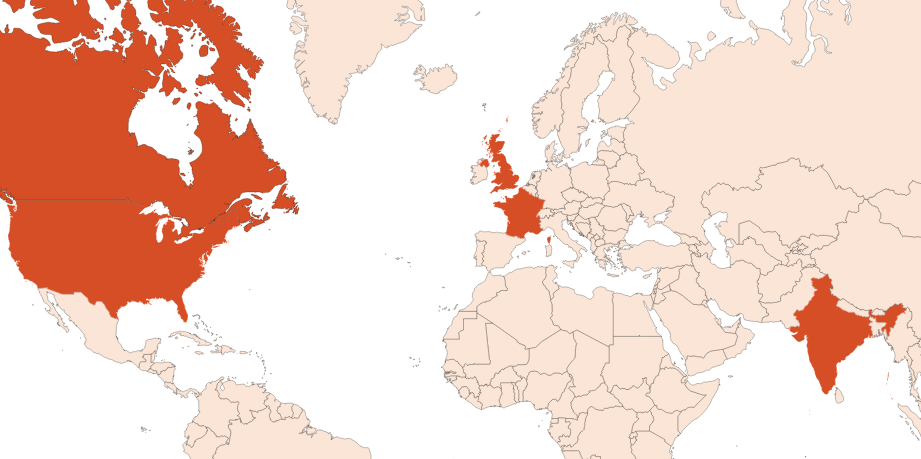
| Company | Ingredient Name | ID | Comments | Naturality | Certifications | Purity | Latin name | Treated part | Geographical origin | MOQ |
|---|---|---|---|---|---|---|---|---|---|---|
|
|
Huile essentielle de Céleri - 30 gr | - |
Visit website
|
- | - | - | - | - | - | |
|
|
CELERY Essential Oil | M_0051055 |
Visit website
|
Naturel | - | - | - | - | - | |
|
|
CELERY SEED EO SUPERIOR. | 4410000002 |
Visit website
|
Naturel | - | - | - | - | - | |
|
|
CELERI | F7151 |
Visit website
|
Huile essentielle |

|
- | Apium graveolens L. | Graine | Inde | - |
|
|
CELERI | 265 |
Visit website
|
Huile essentielle | - | Apium graveolens L. | Graine | France | - |
General Presentation
-
CAS N° : 8015-90-5
-
EINECS number : 89997-35-3
-
FEMA number : 2271
-
Appearance : Colorless liquid
-
Density : 0,867 - 0,908 @20°C
-
Volatility : Heart
-
Price Range : €€€
Physico-chemical properties
-
Optical rotation : Donnée indisponible
-
Vapor pressure : Donnée indisponible
-
Refractive Index @20°C : Donnée indisponible
-
Acid Value :
-
Flash Point :
Uses
Uses in perfumery :
Used to nuance fresh waters and white flower notes. Used in spicy, tobacco, leather and amber notes.
Major Components :
- D-Limonene (55-70%)
- Sedanolide (15-20%)
- Beta-Selinene (7-7,5%)
- Pentyl Cyclohexadiene (≈3%)
- Myrcene (≈3%)
- Linalool (1-2%)

Photo credits: ScenTree SAS
Botanical name :
Apium graveolens L.
Synonyms : Anethum segetum L. // Apium celleri Gaertn.
Botanical profile :
Celery is a plant of the Apiaceae family, such as parsley EO or coriander seed EO, and of the genus Apium.
Chemotypes :
Celery is a derivative of the celery leaf. There are a great number of varieties of which the best known are:
Apium Graveolens var. secalinum. (the most used)
Apium graveolens var. rapaceum.
Apium graveolens var. dulce.
Extraction process :
The first year of growth, celery forms a bouquet of leaves close to the ground. Flowers bloom during the following year. In June and July, stalks of celery are cut with a sickle in the morning and dried for a few hours. The plant is beaten to extract the seeds and separate the different elements. The celery seeds and roots are the most important sources of the EO. It is also possible to find it in the leaves and stems with a lower quality and yields.
Commercially, the seeds are therefore the most used in perfumery. They are dried and crushed before they are extracted by steam distillation for 10 to 12 hours. After the extraction, the essential oil is collected in an essencier by decantation. Yields are about 2 to 3%, which equates to 20 to 30 kg of EO per hectare. The collected water is usually distilled again afterwards.
Note that it is also possible to obtain a celery absolute by extracting the seeds with a volatile solvent.
Other comments :
Celery is mainly grown for its roots and seeds which are very popular in cooking and for their many medicinal properties.
Not to be confused with lovage which is a perennial celery of the same botanical family but of the genus Levisticum.
The concentration of β-Selinene is a quality marker of the essential oil of celery seed. Its content must be between 7 and 7.5%.
Stability :
Solubility issues in perfumes
The terpenes identified in this raw material can polymerize when they are oxidized
Regulations & IFRA
Allergens :
IFRA 51th :
This ingredient is not restricted for the 51th amendment


